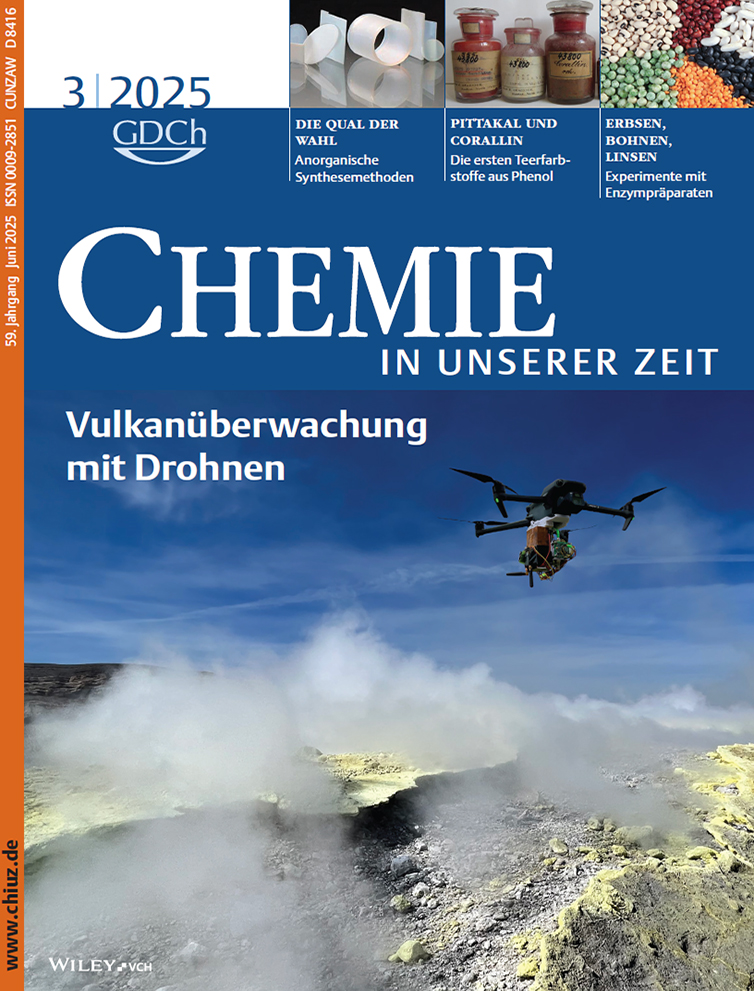Nanostrukturierung von Festkörpern mit amphiphilen Polymeren
Abstract
Amphiphilic block copolymers are versatile structure-directing agents for the synthesis of organic nanostructured materials. Chemically well characterized and easily accessible, they can be utilized for a rich variety of applications. While the prefabrication of an ABC “nanoreactor” or a mesoscopic casting mold occur via spontaneous self-assembly (exo-and endo-templating), during biomimetic mineralization the structure of the resulting inorganic-ABC hybrid material is induced upon combining thc components. The underlying methodologies are illustrated using recently published, representative examples.




